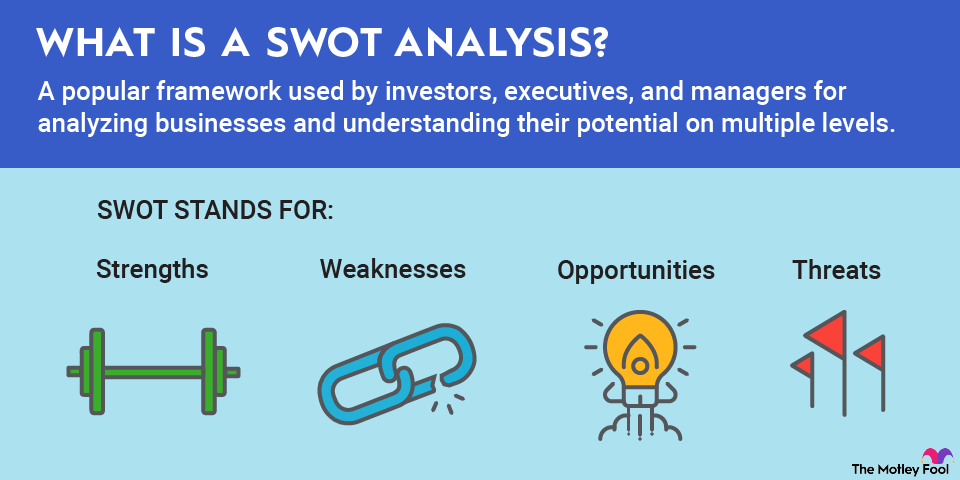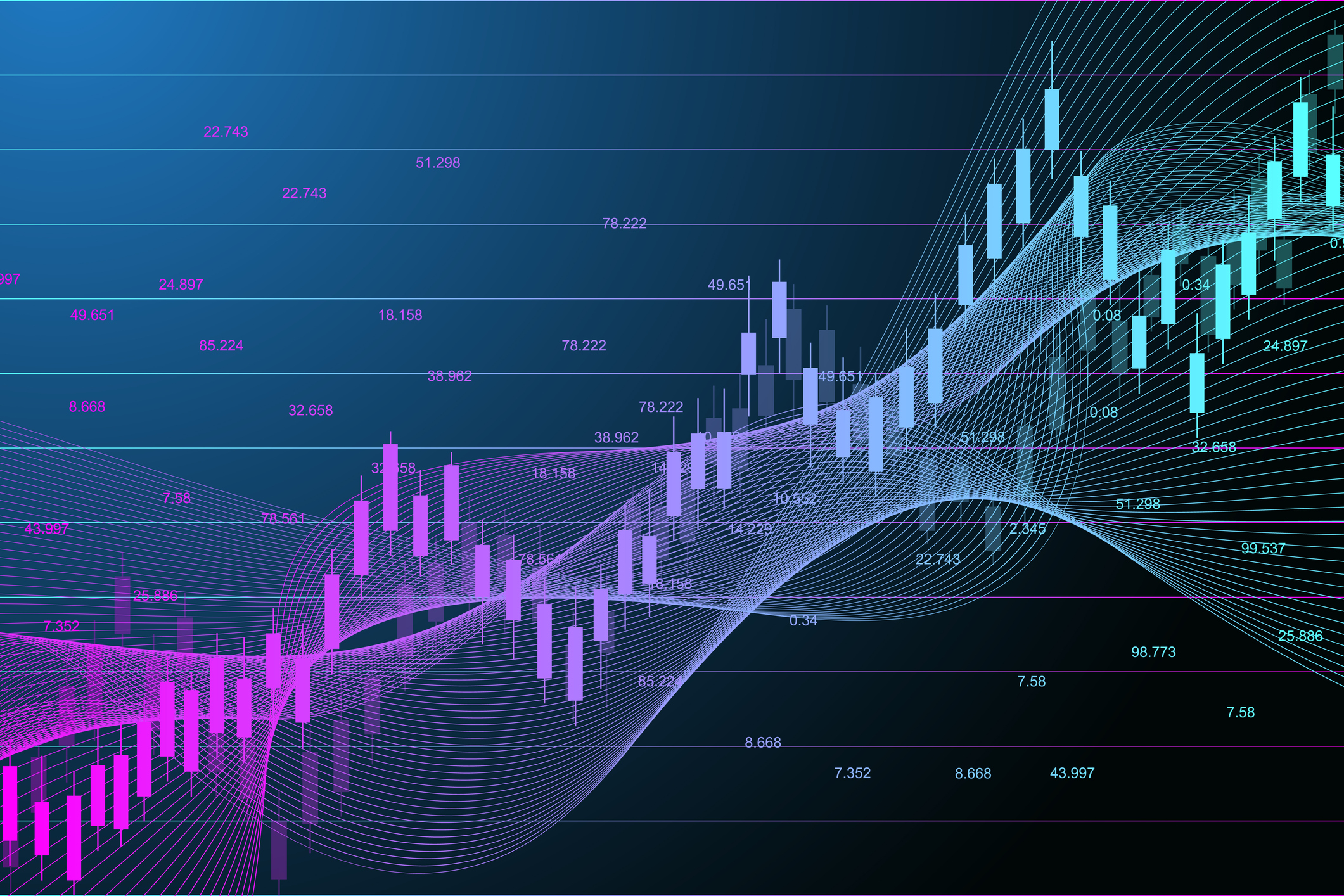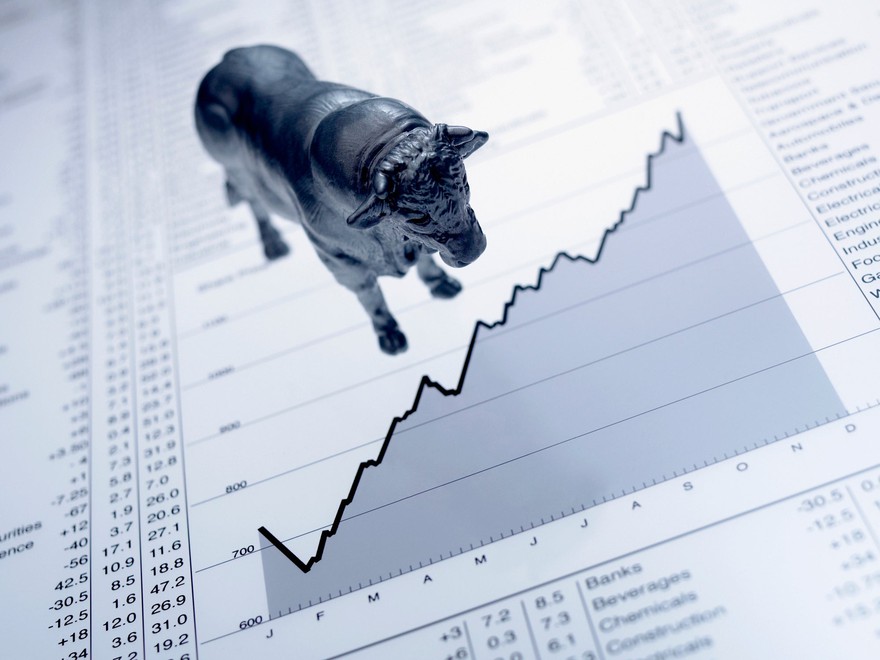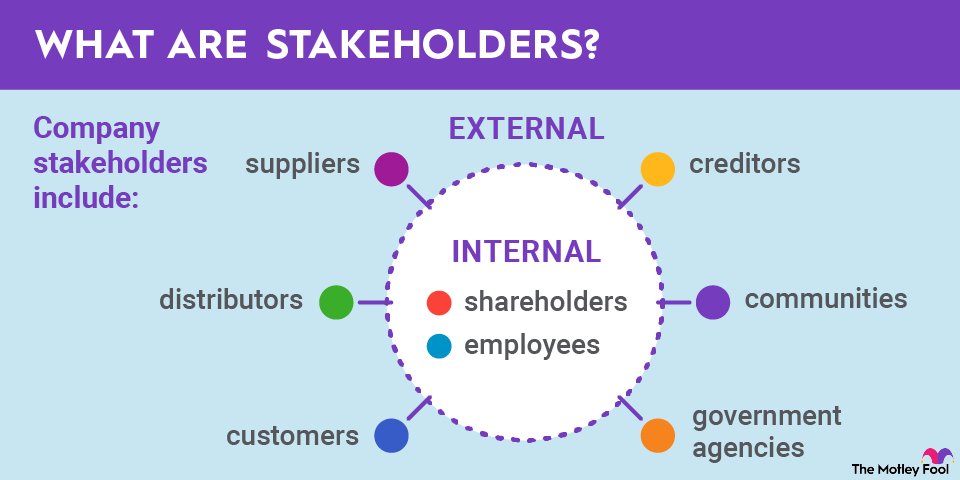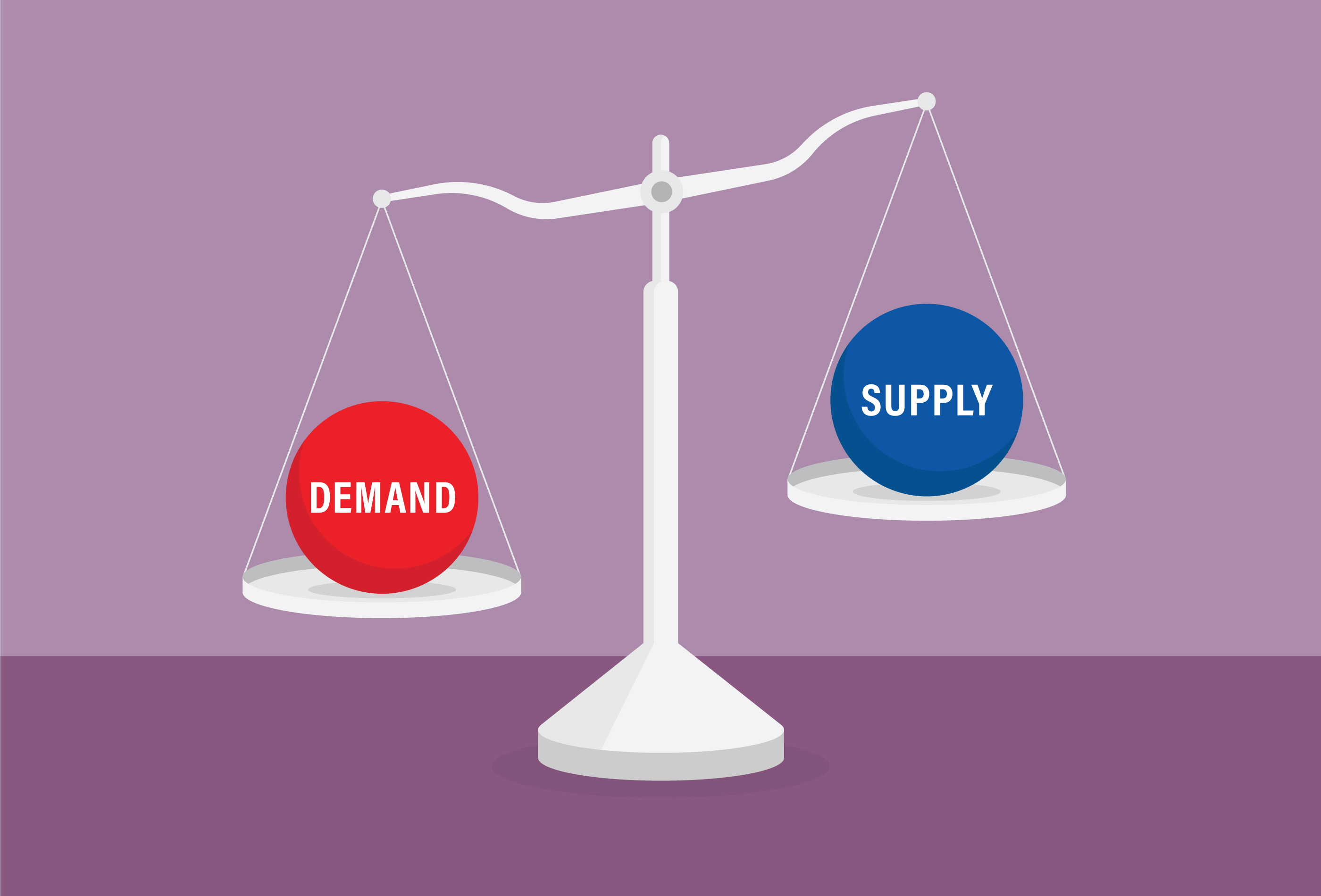If you're interested in technical trading, or you simply want more ways to think about your long-term investments, an indicator that you should know is called the stochastic oscillator. This is one of the most important technical indicators, and you can learn all about it inside.
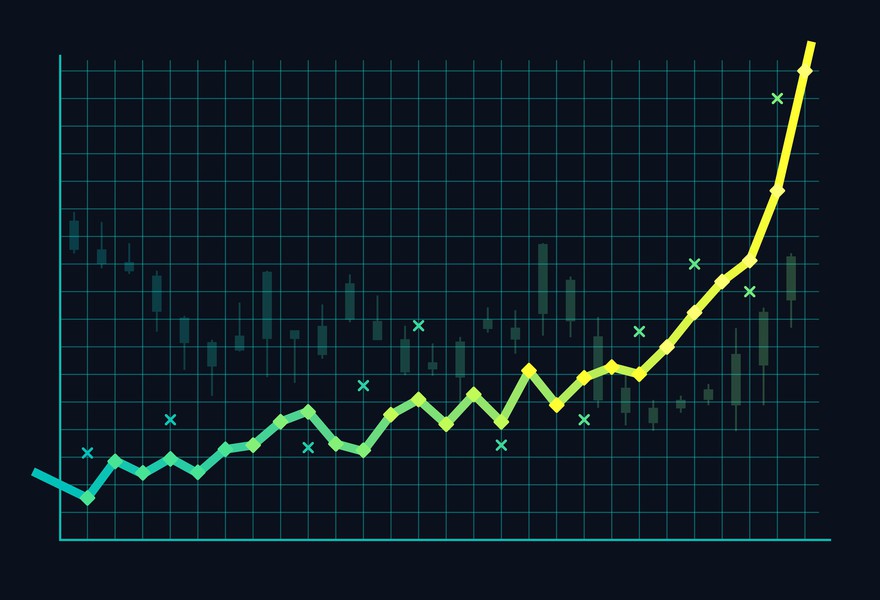
What is a stochastic oscillator?
The stochastic oscillator is one of the most important tools in the technical trading toolbox. It helps traders understand the momentum of the stock – or how frequently it's trading and in what direction price-wise – which, when combined with other indicators, can help technical traders decide if it's time to buy or sell.
The theory behind it is that momentum changes often precede price changes. When a stock is moving upward, it tends to continue at momentum until it's near its value height, at which point the momentum slows before changing direction. Some have compared this to throwing a ball into the air, where you can easily see the ball slow as it enters the downward arc.
How to use the stochastic oscillator
The stochastic oscillator is a momentum indicator, so it's not wise to use it alone. Many traders combine it with other measures, including moving averages, support and resistance levels, and trend lines to help avoid false signals. You can also adjust the sensitivity of the stochastic oscillator by changing the length of the period you're observing, but the trade-off is noisier results for shorter periods and slower signals for longer periods.
The stochastic oscillator returns a number ranging from 0 to 100. Anything more than 80 means the asset is likely overbought, and anything less than 20 suggests it may be oversold. Again, these numbers need to be considered along with other indicators to help eliminate false negatives, and are just one of many tools.
Stochastic oscillator formula
The formula for the stochastic oscillator is pretty simple:
%K = (Price at Current Close - Lowest Low Price in Period) / (Highest High Price in Period - Lowest Low Price in Period) * 100
%D = 3-day simple moving average of %K
The period of %K can literally be any time frame, but many investors use 14 days as a standard look-back period. As stated above, you can adjust the sensitivity of this indicator by changing this period, but it will also affect its sensitivity .
%K is the actual stochastic oscillator, %D is a signal or trigger line to help better visualize the changes as they're happening. They should be plotted together for best results, along with other indicators to help minimize false signals.
Related investing topics
Why the stochastic oscillator matters to investors
The stochastic oscillator won't matter to a lot of investors, especially those with very long investment time horizons. It matters most to technical traders who love to obsess over the little details and day traders, who are trying to catch a trend before it happens.
For everyday investors, the stochastic oscillator can help you tell if your stock is overbought or oversold. It may save you a little money on a buy today, or help you choose between two stocks you are equally interested in. If your brokerage has this tool built into the dashboard or any graphing functions it offers, it can be a nice extra piece of information to have.
But as with any technical indicator, remember that there's a lot more going on than just this one thing – a lot of these numbers are better used in the short term, rather than the long term, and many started as academic exercises that day traders ended up finding interesting and useful.


